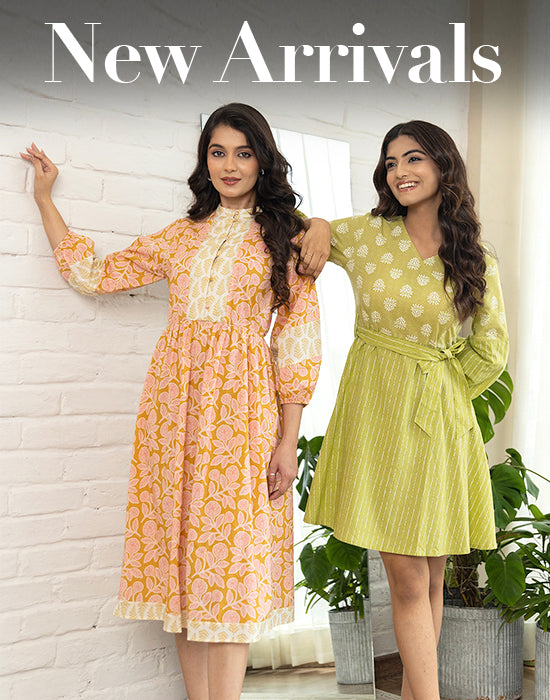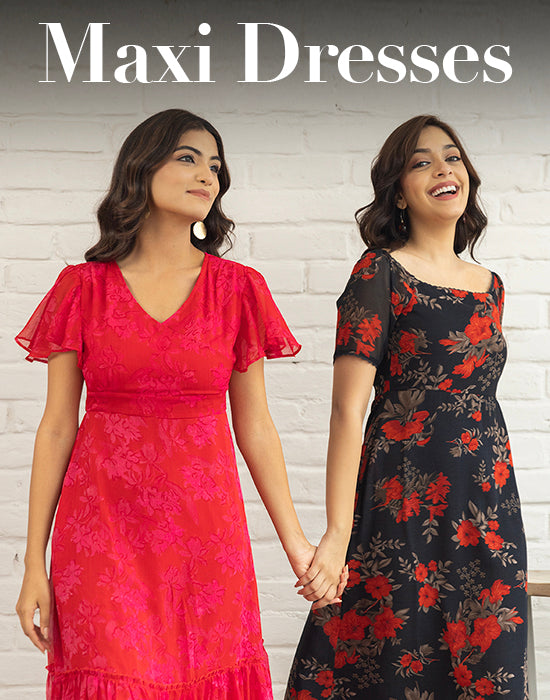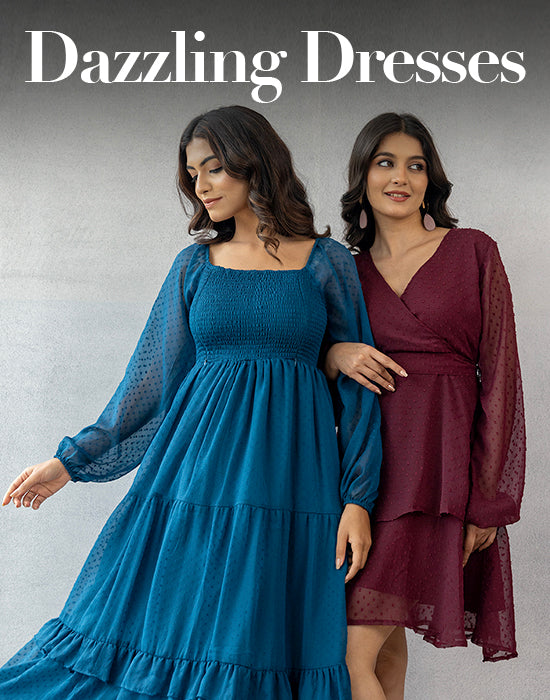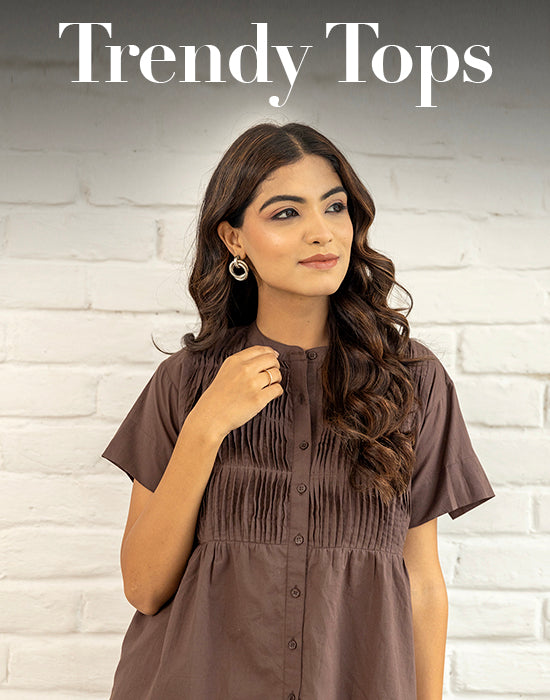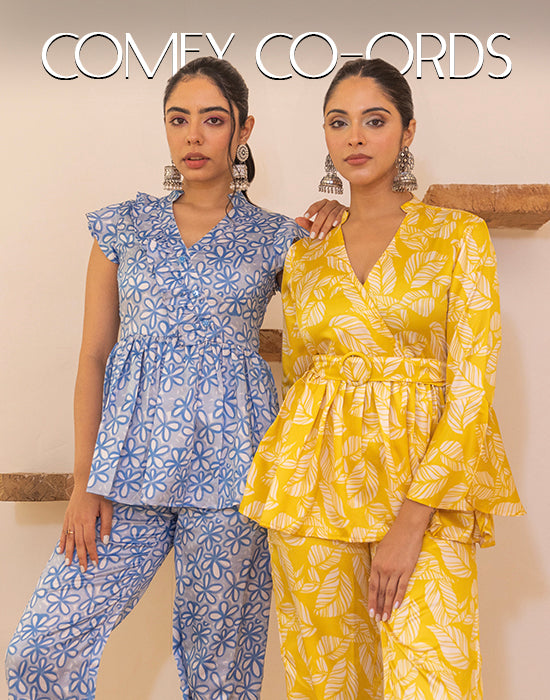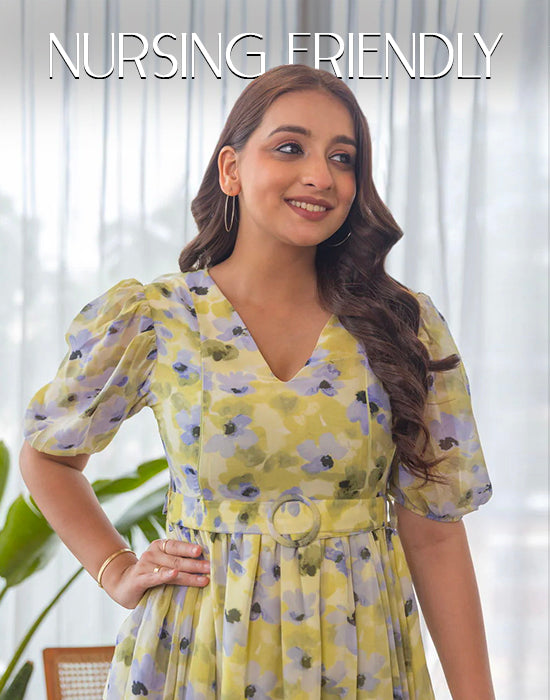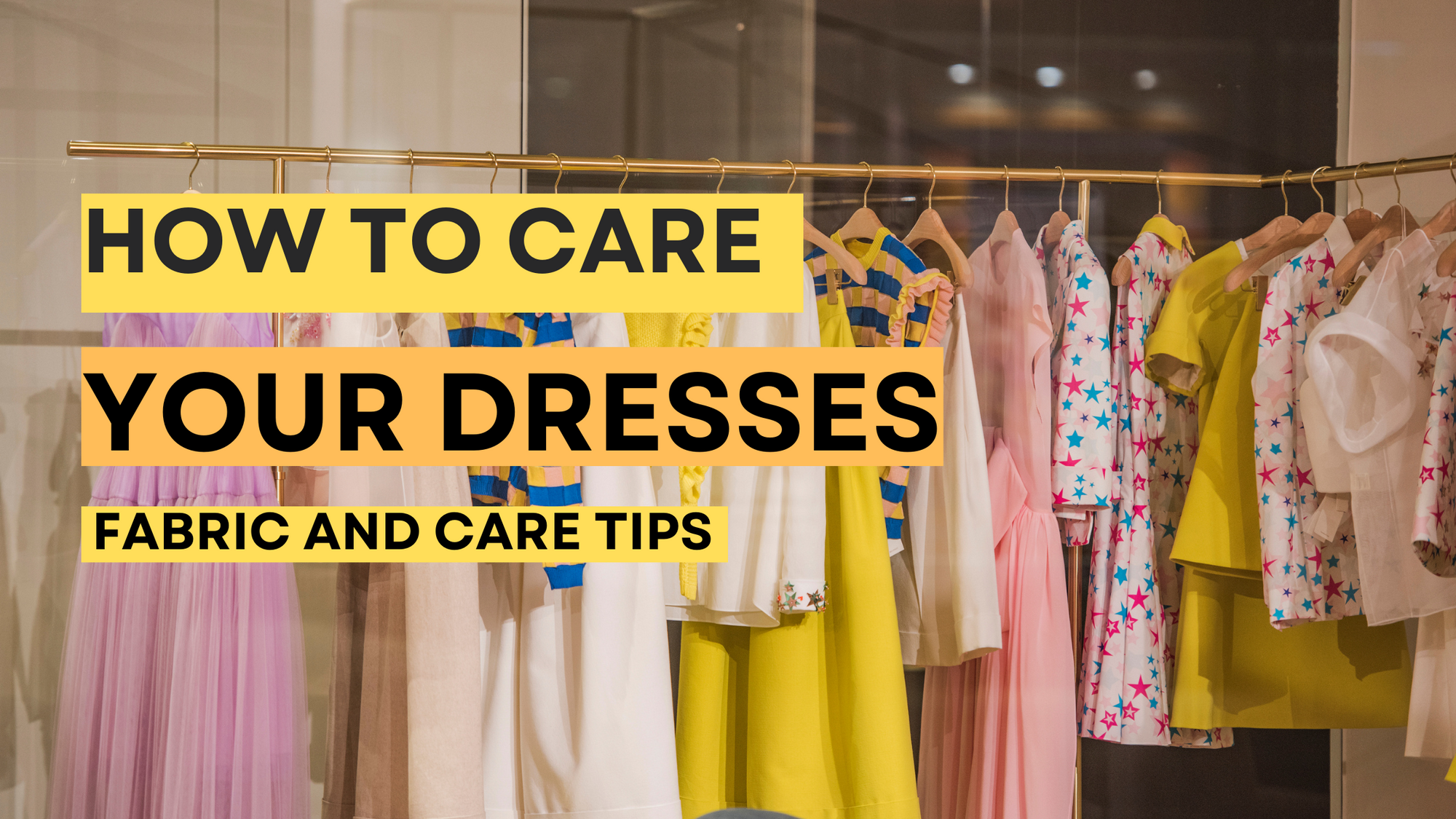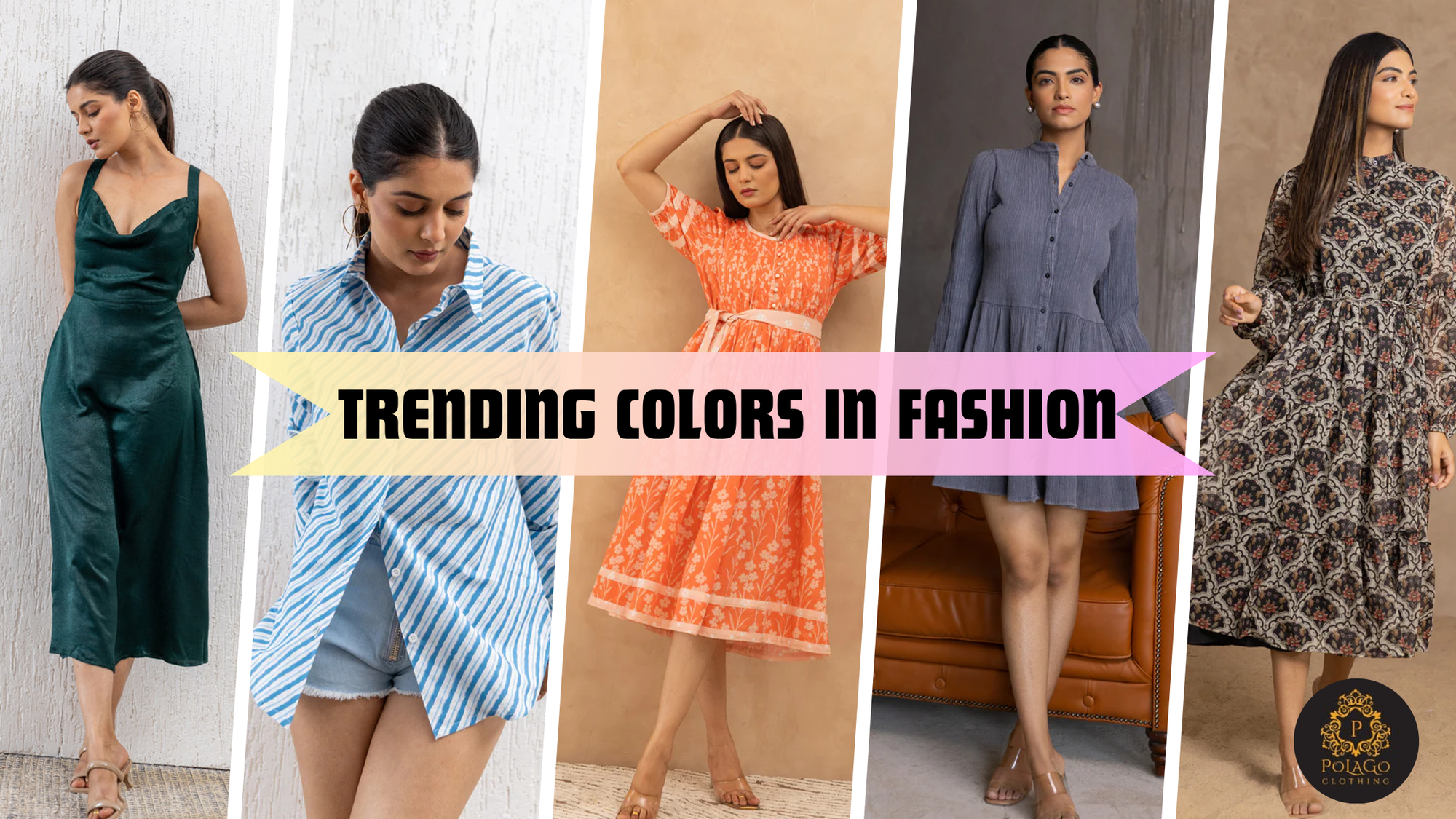Ever stood in front of your wardrobe, staring at five different pieces and somehow none of them work together?
You’ve got the pieces. The wardrobe staples. The statement accents. But somehow, the full outfit just doesn’t come together. That moment of frustration is more common than you think and the fix is surprisingly simple. The 3 colour principle in fashion is a timeless styling approach that helps you create clean, well-balanced looks with minimal effort.
Whether you're dressing for brunch, boardroom, or a long weekend away, applying colour theory in wardrobe styling can bring clarity to your fashion choices. Below, we break down how this principle works, why it holds up across trends, and how to style it seamlessly using Polago Clothing’s everyday essentials.
What Is the 3 Colour Principle in Fashion?
The 3 colour rule suggests limiting your outfit to a maximum of three colours. This simplifies your palette, reduces visual clutter, and creates a more polished appearance.
Here’s how the principle works:
- Dominant colour: This is the main tone in your outfit, usually a neutral or soft base like beige, black, or navy. It's the colour that anchors your look.
- Secondary colour: A supporting shade that complements the base. It adds dimension without overpowering the outfit.
- Accent colour: A bold or vibrant tone used in smaller areas like a belt, bag, or lipstick to create visual interest.
In everyday dressing, neutrals like white, black, beige, and navy often act as flexible bases and are generally not counted toward the three-colour limit. That gives you room to play with contrast and personality without overcomplicating things.
Why Colour Harmony Makes All the Difference
Styling with too many hues can leave your outfit looking chaotic. The 3 colour principle gives you a base to work with so your final look feels cohesive and calm.
- Visual harmony: By limiting the colours in play, you make space for each garment to shine without clashing.
- Simplified coordination: You’ll find it easier to mix and match existing pieces instead of defaulting to black-on-black or buying new items.
- Refined results: A clean palette almost always appears more put-together—even when you’re in casualwear.
Focus on silhouette and texture: With colour simplified, the structure and materials of your outfit take the spotlight.
The Emotional Impact of Colour
Every colour carries its own emotional tone. Styling with intention means understanding what you’re communicating visually:
|
Colour |
Emotional Impact |
Best Styling Use |
|
Black |
Authority, Power |
Outerwear, Suits |
|
White |
Purity, Freshness |
Shirts, Summerwear |
|
Blue |
Calm, Trust |
Denim, Workwear |
|
Red |
Energy, Passion |
Lips, Accessories |
|
Green |
Growth, Stability |
Jackets, Layers |
|
Beige |
Warmth, Subtlety |
Base Dresses, Everyday Sets |
Understanding fashion colour theory allows you to express the right mood whether you want to come off bold, approachable, or serene.
How to Apply the 3 Colour Rule in Real Life
You don’t need a stylist. You just need to be deliberate.
1. Pick Your Dominant Colour
Start with a foundation. This might be a neutral maxi dress, a basic jumpsuit, or a monochrome coord set.
-
Polago’s beige A-line maxi dress is a perfect starting point effortless and versatile for both work and weekend.
2. Layer in a Secondary Colour
Choose a colour that balances or complements your base. It could be tonal or slightly contrasting.
-
An olive green jacket or a soft blue shrug worn over a neutral base adds interest while keeping the look understated.
3. Introduce a Bold Accent
Now add a pop something that draws the eye and adds flair without going overboard.
-
A coral handbag, deep red lipstick, or rust-toned flats can pull everything together and make your outfit feel elevated.
Don’t Forget Fabric and Texture
The three-colour rule works best when texture plays its part. Combining materials enhances your outfit’s visual depth even when the colours are simple.
-
Cotton and linen work well in summer and help anchor bolder tones with a breathable, everyday feel.
-
Satin and silk bring sheen and richness to neutrals or minimal colour combos.
-
Denim adds relaxed structure to any look, especially when paired with airy fabrics or soft knits.
When building a three-colour outfit, layering fabrics gives it character without needing more colour.
The Three Colour Rule vs. Three Piece Rule
These concepts are often confused, but they serve different functions in fashion.
The 3 colour principle helps you manage your outfit’s colour palette, keeping things balanced and intentional.
The 3 piece rule encourages you to wear three distinct garments (like a shirt, trousers, and jacket) to create depth.
Want to nail both at once? Try pairing a neutral top and trouser combo with a complementary outerwear piece all styled within three colours. The result always looks smart.
When You Can Break the Rule (And Still Look Stylish)
Rules are helpful, not absolute. Here’s when it’s okay to stretch the 3 colour rule:
Go monochrome: All-black, all-white, or tonal outfits break the three-colour structure but work beautifully when texture and silhouette are varied.
Let prints guide your palette: If your outfit includes a printed piece, pull 2–3 colours from that print and use those throughout the rest of your outfit.
Dial it up for special occasions: Bold hues, mixed patterns, and layered accessories make sense for parties, festivals, or fashion-forward shoots.
Just aim for intentional contrast, not visual overload.
Polago Clothing: A Wardrobe Built on Colour Balance
Polago Clothing blends effortless colour pairings with timeless design making it easier to apply the 3 colour rule without overthinking every morning outfit.
From blush-toned maxis and earthy green jackets to structured navy sets, every piece is crafted to complement not compete. That means you’ll always find wardrobe staples that layer beautifully, no matter your style or season.
Check out Polago’s https://www.polagoclothing.com/ latest collection for colour-balanced wardrobe wins you’ll reach for again and again.
Final Thoughts
The 3 colour principle in fashion isn’t just a styling rule it’s a framework that helps you bring clarity and intention to your wardrobe. By limiting your outfit to three well-chosen hues, you create space for your personal style to stand out without being overshadowed by noise or mismatch.
More than just colour coordination, this approach encourages smarter choices where every shade, fabric, and layer serves a purpose. Whether you’re building everyday outfits or dressing for a standout occasion, the principle guides you to combine confidence with cohesion.
Great style doesn’t demand complexity, it thrives on balance. And when your colours work in harmony, the rest of your outfit naturally follows.
FAQs
What is the tri colour rule?
The tri colour rule is a visual styling method where you limit your outfit to three colours usually one dominant, one supporting, and one accent to create harmony and cohesion. This is especially useful for building capsule wardrobes, where mix-and-match versatility is key.
What are the three colour theories in fashion?
Three colour theory in fashion applies colour psychology and the science of visual balance to outfit design. It ensures that your colour palette feels intentional and polished—ideal when styling for formal events, professional settings, or branding looks.
What is the 3 colour principle?
The 3 colour principle simplifies styling by capping the number of colours in an outfit to three, helping you avoid visual clutter and coordinate better. For example, pairing a beige dress (base), with a navy shrug (complement), and mustard flats (accent) creates a clean, sophisticated result.
What is the 3 piece rule in fashion?
The 3 piece rule suggests including three core components in an outfit like a blouse, trousers, and jacket to make the look feel finished and put-together. It’s perfect for workwear, presentations, or social settings where layering adds both style and structure.
.


